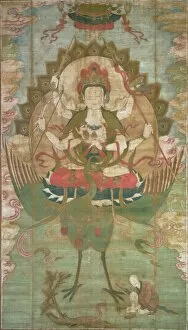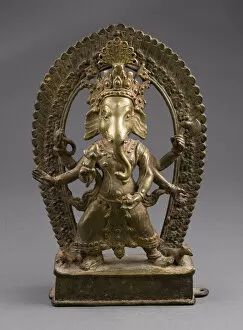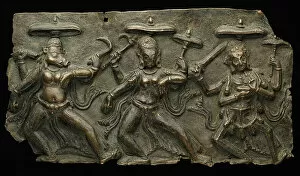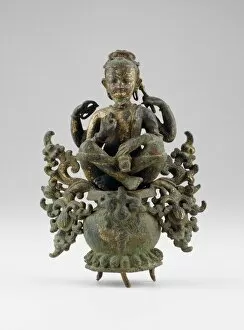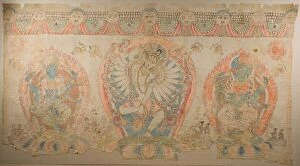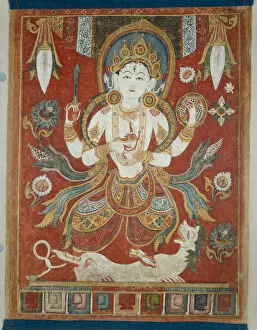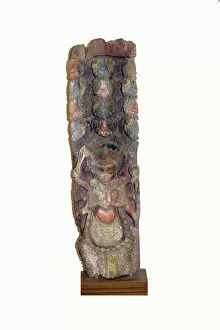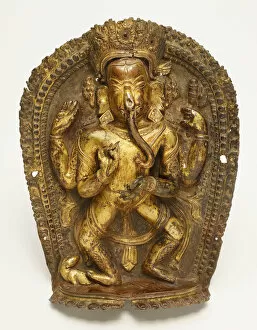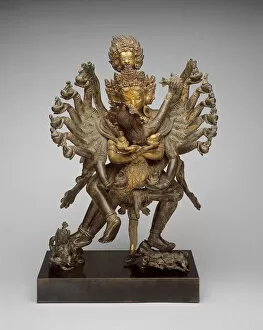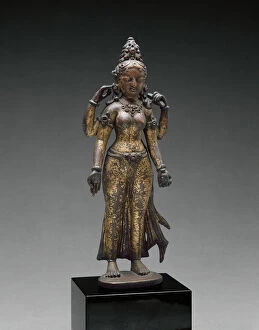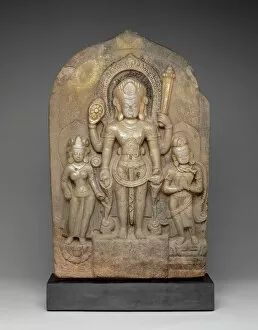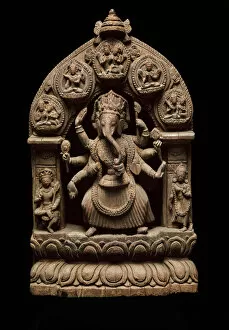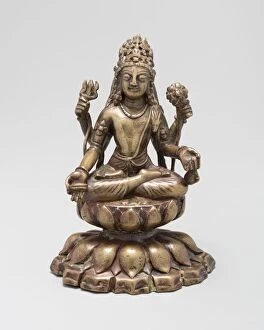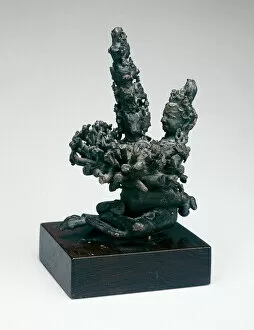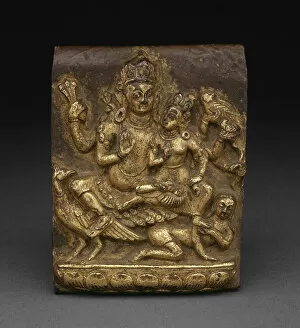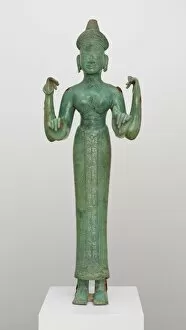Multi Armed Collection
"Marvel at the Multi-Armed Deities: A Journey through Ancient Art" Step into a world of divine wonder as we explore the captivating realm of multi-armed deities
For sale as Licensed Images
Choose your image, Select your licence and Download the media
"Marvel at the Multi-Armed Deities: A Journey through Ancient Art" Step into a world of divine wonder as we explore the captivating realm of multi-armed deities. From the enigmatic Mahamayuri Vidyaraja of the Liao dynasty to the mesmerizing Gozanze Myo-o crafted by Nakabayashi Gennai, these masterpieces transport us back to a time when art and spirituality intertwined. Delve into the 11th-century mystery surrounding Mahamayuri Vidyaraja, whose multiple arms symbolize his immense power and ability to protect devotees from harm. As we move forward in time, witness the intricate craftsmanship of an unknown artist who brought forth Six-Armed God Ganesha in vibrant hues during the 17th century. The Fragment of Mother Goddesses Panel introduces us to Varahi, Kaumari, and Chamunda – fierce goddesses embodying strength and ferocity. Their many arms signify their multifaceted nature as they navigate both creation and destruction with unwavering resolve. Discover tranquility personified in The Sage Agastya Seated in Meditation on his Water Pot. This 15th-century masterpiece invites contemplation while showcasing Agastya's serene countenance amidst his water vessel – a symbol of purity and enlightenment. Uncover secrets hidden within Tantric Temple Banner adorned with a Dancing Goddess Flanked by Dakinis. Crafted during the 17th century, this banner exudes energy as it captures movement frozen in time – a testament to devotion expressed through dance. Behold Shiva and Durga united on Double-Sided Painted Banner; their union represents cosmic balance between masculine and feminine energies. Created between the 16th-17th centuries, this artwork serves as a visual ode to divine harmony. Temple Strut Fragment reveals Varaha, or Boar God's mightiness encapsulated within its intricate carvings.

